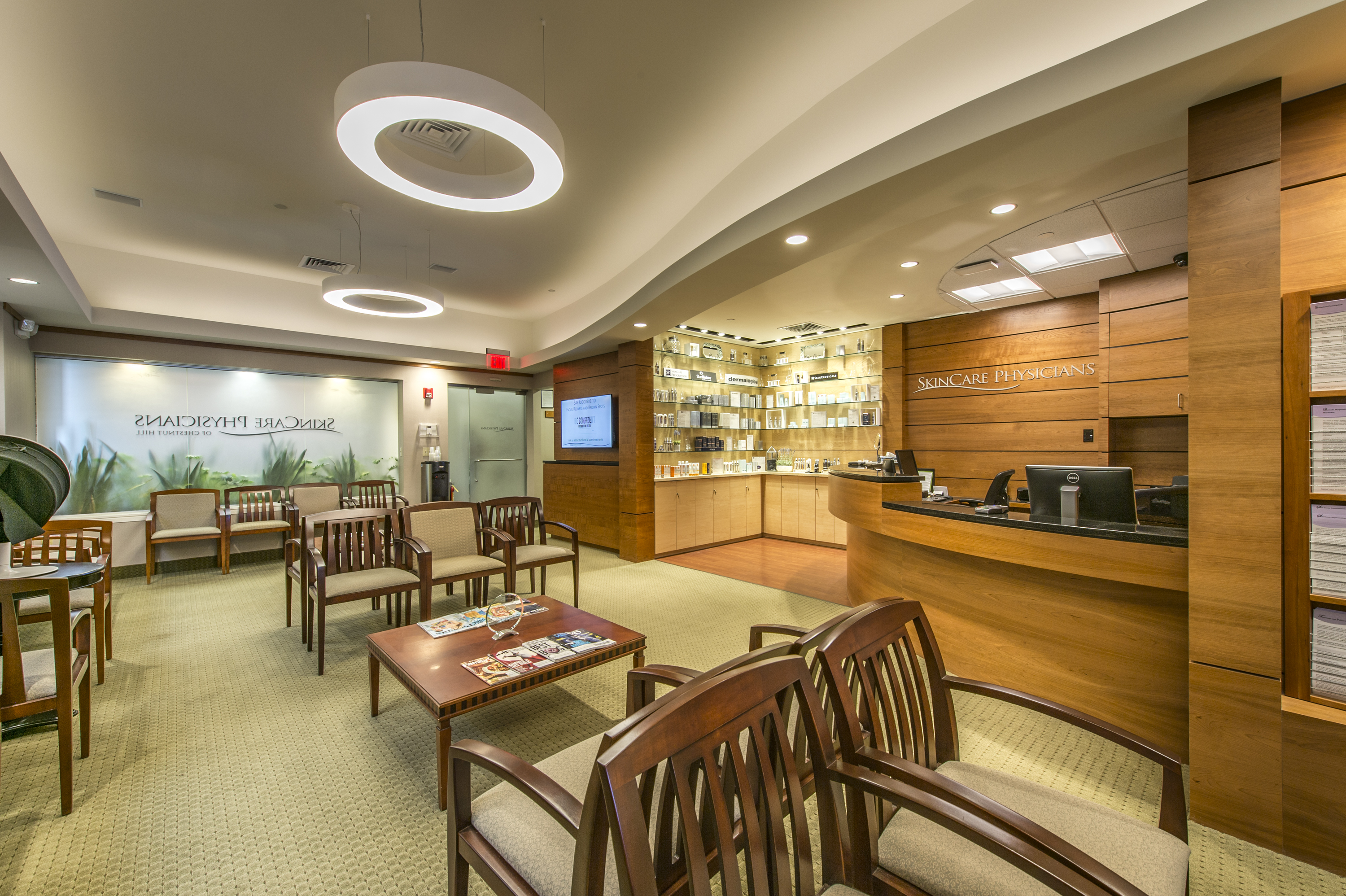- Home
- Blog
- Hair Treatments
- PRP – An exciting new approach to the treatment of hair loss
PRP – An exciting new approach to the treatment of hair loss
 Treating hair loss has been a challenge for decades. The condition is even more devastating for women who routinely asked about treating their hair thinning conditions. There is a real lack of effective therapies for men and women with pattern hair loss. Topical Rogaine (minoxidil) is only of limited help, and while taking oral Propecia (finasteride) helps to regrow hair in men it is ineffective in women. Hair transplantation is effective, but can be an expensive, surgical grafting procedure. Fortunately, the board-certified dermatologists at SkinCare Physicians have a new technique called PRP (platelet rich plasma), which is changing the way we treat hair loss.
Treating hair loss has been a challenge for decades. The condition is even more devastating for women who routinely asked about treating their hair thinning conditions. There is a real lack of effective therapies for men and women with pattern hair loss. Topical Rogaine (minoxidil) is only of limited help, and while taking oral Propecia (finasteride) helps to regrow hair in men it is ineffective in women. Hair transplantation is effective, but can be an expensive, surgical grafting procedure. Fortunately, the board-certified dermatologists at SkinCare Physicians have a new technique called PRP (platelet rich plasma), which is changing the way we treat hair loss.
How does PRP for hair loss work?
Used for over a decade in orthopedics to enhance healing after surgery and injuries, PRP is now being used to enhance hair growth. In addition to white and red blood cells, blood plasma contains platelets which contain high levels of growth factors. Growth factors are messengers that tell our cells to function optimally. We believe PRP helps to encourage regrowth of hair by stimulating resting hairs to grow and thicken. In dermatology, it is most commonly being used to treat a variety of types of hair loss such as pattern thinning, also known as androgenetic alopecia, in both men and women, as well as less common conditions such as alopecia areata (patches of balding) and frontal fibrosing folliculitis (a type of scarring hair loss.)
What to expect with PRP hair loss treatments
To obtain PRP, a small sample of the patient’s blood is spun down using a special centrifuge so the platelets can be collected and then injected into the thinning area on a monthly basis for the first three months. Each session includes 10 to 20 injections depending on the size of the area being treated. Then, patients have a session every three months for the first year. The initial treatments stimulate the hairs to grow and the next sessions maintain what has grown. Six months after the final treatment patients appear to maintain the hair they grew during the year of treatment.
Where to go for PRP treatments
Patients may go to hair clinics which are not run by dermatologists for treatments, but they would be much better served by seeing the true experts in hair loss – Dermatologists who understand the process of hair loss in both men and women. That’s why SkinCare Physicians has established a hair loss PRP program so our patients can be properly and safely treated by the experts. If you are suffering from hair thinning and balding patterns, our team of medical professionals can help. Request a consultation online or contact us at (617) 731-1600 to schedule your appointment.
Photos courtesy of Shilpi Khetarpal, MD
You may also like: Why is my hair falling out?
Learn more on thinning hair treatment options



Can PRP treatment be used for eyebrow hair loss?
We have not seen studies showing PRP to effectively regrow eyebrow hair. It would be better to try Bimatoprost (Latisse) which we and others have shown to be effective in regrowing eyebrow hair in some individuals.
Is only prp effective? I mean only the plasma? Some clinics suggests vitamins mixed with the plasma?
We recommend pure PRP plasma without a vitamin or other added ingredients.
What is the cost for pro?
Please call our office at 617 731-1600 to learn more about the procedure’s cost Thank you.
Does Dr Laurel Morton do PRP treatments?
Hi, Dr. Laurel Morton does the consultation to determine if a patient is a good candidate for the PRP treatment. The procedure is performed by Advanced Nurse Practitioner, Katie Brodt.
Who at Skin Care Physicians does the procedure?
What was their training? How many treatments have been done at SKP?
What is the infection rate at injection site (in general and at SKP)?
Hi,
Consultations to determine if a patient is a good candidate for the procedure are performed by SkinCare Physicians dermatologists. The procedure is performed by Advanced Nurse Practitioner, Katie Brodt.
We have been studying PRP at SkinCare Physicians for several years. The clinical program started in 2018.
The infection rate is zero.
Hi Dr. Dover — Traditional, as in drugs, such Spironolactone, Metformin — Or something else I’ve overlooked? Does the lovely Dr. Sikora (my derm) practice PRP?
Yes, traditional as in drugs.
And yes, Dr. Sikora is one of the SkinCare Physicians dermatologists who performs consultations for PRP.
How often do you need maintenance after initial growth of hair ?
That answer is not yet known. Some centers treat every three months indefinitely. Others treat every six months, while others treat once a year. Studies are being done to determine the best interval of treatments once the initial hair growth has been achieved.
Can this help with hormone related hair loss, specifically PCOS?
For PCOS we would use traditional treatments and might consider supplementing with PRP.
Does this work for post-menapausal women with thinning hair? Are there instances when treatment is not successful?
Yes, it should work nicely for postmenopausal women with hair loss.
The treatment is traditionally effective for androgenetic alopecia in both women and men, and may be effective and some inflammatory conditions such as frontal fibrosing folliculitis.
In general, it is not highly effective when the hair loss is extensive and advanced.
Does this help women who are losing hair due to a connective tissue disorder (and possible genetic hair thinning)? Is iany part covered by insurance? What is the approximate cost?
Yes, PRP has the potential to help both conditions. Unfortunately, it is not covered by insurance.
Please call our office at 617 731-1600 to learn more about the procedure.
How much does it cost initially and then thereafter?
We recommend treatment monthly for the first 3 months, then 3 months and 6 months later, and then maintenance as needed thereafter.
Please call our office at 617 731-1600 to learn more about the procedure.
Does this treatment work on normal receding hairlines in men? (I am 62.)
Yes. That is one of the best indications for PRP treatment. It works well for receding hairlines in men and also for hair thinning in women.